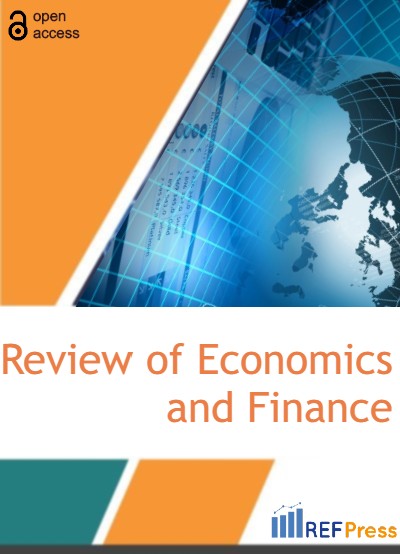
Estimation Train Passengers Demand Using Artificial Neural Network
(Pages 1-7)Erna Savitri1,*, Satrio Mukti Wibowo1 and Bambang Riono2
1Railway Engineering, Universitas Pancasila, Jl. Srengseng Sawah, Jagakarsa, Jakarta
2Computer Science, Universitas Pancasila, Jl. Srengseng Sawah, Jagakarsa, Jakarta
DOI: https://doi.org/10.55365/1923.x2025.23.01
Abstract:
The number of passengers on the KRL Commuter Line, an electric train service in the Jabodetabek region, shows a significant upward trend. This trend poses challenges for the Indonesian Railway Company, including passenger congestion and customer inconvenience. The increase in the number of KRL Commuter Line users along the Jabodetabek route is quite significant in line with development in areas that are becoming agglomeration cities. Therefore, accurate number of train passenger demand estimation is very important for Indonesia Railway Company (PT. KAI) policy making. This study proposes a neural network model to efficiently, precisely and validly estimate number of train passenger demand in Jabodetabek. This model has five independent variables, such as GRDP (Gross Regional Domestic Product), Average length of schooling, life expectancy, population and regional Human Development Index. Data obtained from Central Bureau of Statistics of Indonesia and PT. KAI. The number of train passenger demand estimation is using a pessimistic, realistic and optimistic scenario that estimates of the number of passenger KRL Commuter Line in the next 10 years using artificial neural networks shows that the number of KRL Commuter Line passenger demand continues to have upward trend, both in pessimistic, realistic and optimistic scenarios which has been influenced by development conditions in the Jabodetabek area as an agglomeration city.
Keywords:
Train Passengers Demand, Double Exponential Smoothing Holt, Artificial Neural Network.
How to Cite:
Erna Savitri, Satrio Mukti Wibowo and Bambang Riono. Estimation Train Passengers Demand Using Artificial Neural Network. [ref]: vol.23.2025. available at: https://refpress.org/ref-vol23-a1/
Licensee REF Press This is an open access article licensed under the terms of the Creative Commons Attribution Non-Commercial License (http://creativecommons.org/licenses/by-nc/3.0/) which permits unrestricted, non-commercial use, distribution and reproduction in any medium, provided the work is properly cited.
